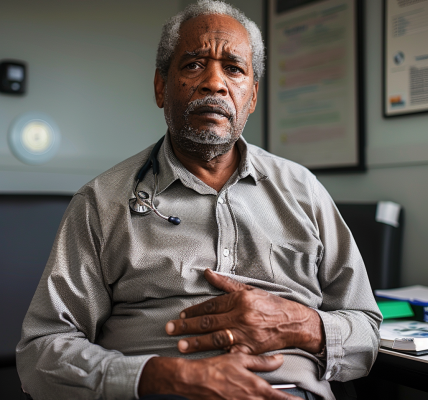As Australia grapples with an increasing number of preventable diseases, a new analysis sheds light on the critical state of government funding for health research aimed at keeping Australians healthy and reducing hospital admissions. This groundbreaking study, published in the Australian and New Zealand Journal of Public Health, examines the allocation of funds through the Medical Research Future Fund (MRFF) and reveals significant discrepancies in the focus of public health research.
Despite the MRFF’s intention to prioritize public health, the analysis indicates that many projects labeled as “public health” or “prevention” are predominantly centered on clinical treatments and cures. Hon. Associate Professor Leanne Coombe from The University of Queensland, who co-authored the paper and serves as the Manager of Policy and Advocacy at the Public Health Association of Australia, emphasizes the critical need for clarity in the definition of public health and greater transparency regarding funding allocations.
“We’ve all heard the saying ‘prevention is better than cure,’ and in public health research, our goal is to find ways to maintain health and prevent illness,” Coombe stated. “Our focus is on improving health at a population level and addressing health disparities among different groups within the population.” To better understand the landscape of public health research funding, the team analyzed various MRFF initiatives related to public health.
One of the study’s most striking findings pertains to the MRFF’s ‘Preventive and Public Health Research’ Initiative, which has allocated over $238.8 million since its inception in 2018. Surprisingly, less than half of the funded projects were genuinely focused on public health. This means that less than 40 cents of every dollar spent under this Initiative is actually directed towards effective public health and prevention strategies.
Moreover, even among the projects that were categorized as ‘prevention’ focused, there was a notable lack of emphasis on primary prevention research. Primary prevention involves initiatives designed to prevent diseases from occurring in the first place, rather than focusing on early detection, treatment, or managing disease progression.
Coombe argues that to alleviate the burden on Australia’s healthcare system, it is imperative to invest more substantially in authentic public health and prevention research. The current funding landscape indicates a misalignment between the government’s stated priorities and the actual allocation of resources, which could hinder efforts to improve the overall health of the population.
As the analysis highlights the pressing need for reform in health research funding, it raises broader questions about the effectiveness of current strategies in combating preventable diseases. Stakeholders in the health sector are urged to reconsider their approach to funding and prioritize initiatives that genuinely aim to keep Australians healthy.
In light of these findings, public health advocates are calling for a reevaluation of funding criteria and a shift towards supporting research that directly addresses the root causes of health inequities and promotes preventive measures. By redirecting resources towards effective public health initiatives, Australia can make significant strides in reducing the incidence of preventable diseases and enhancing the health of its population.
The implications of this study extend beyond just funding; they touch upon the very framework of public health research in Australia. As the government continues to allocate substantial sums to health research, the need for a clear and coherent strategy that prioritizes prevention becomes increasingly critical. Addressing these issues now could pave the way for a healthier future for all Australians.





